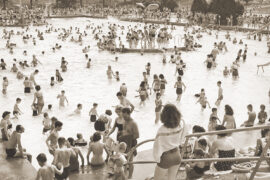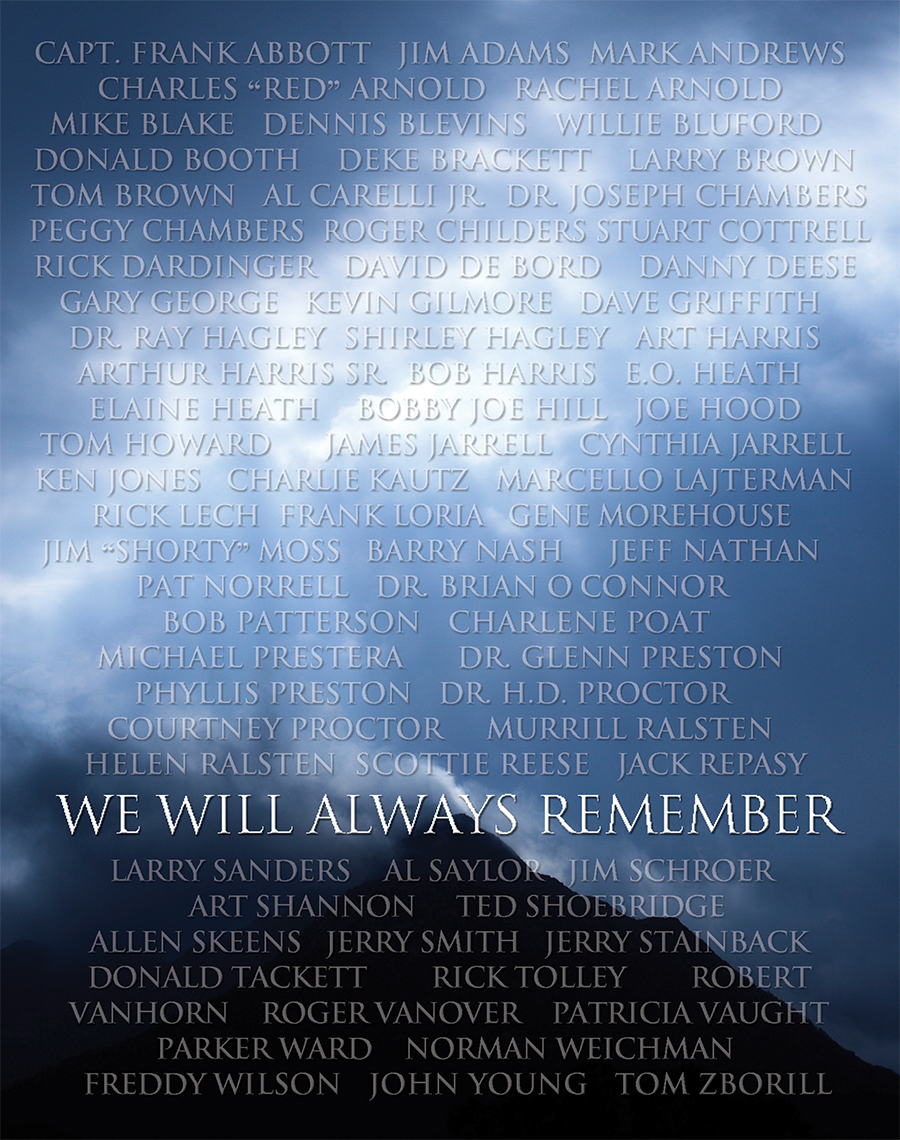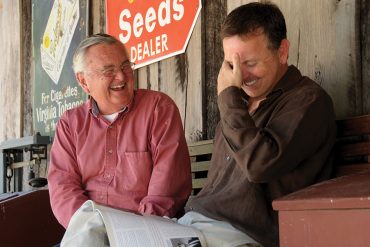The county’s namesake
By James E. Casto
HQ 54 | WINTER 2005
“Cabell County was formed in 1809 from a part of Kanawha County and its boundary included all of the present counties of Wayne and Mingo and a portion of Logan, Boone, Putnam and Lincoln. The county was named for William H. Cabell, who was governor of Virginia from 1805-1808.”
Consult most West Virginia references, and the paragraph above — or something very much like it — is about all you will learn about William H. Cabell. Surely there’s more to know about a man who was held in such high regard by his fellow Virginia legislators that they named a county for him. Indeed, there is more to know — much more.
In 1723, Dr. William Cabell, an English physician, sailed to this country as an immigrant. He settled in the tidewater region along the James River in Henrico County and there founded a family that would play a major role in the affairs of Virginia and the nation.
Dr. Cabell’s grandson would be governor of Virginia, and numerous other members of the family would be active in politics and the military, fighting in the Revolutionary War and the Civil War. A young member of the Cabell clan is still remembered in annual ceremonies at the Virginia Military Institute as one of 10 VMI cadets killed “on the Field of Honor” at the Battle of New Market in 1864. And, although he’s seldom read these days, James Branch Cabell (1879-1958) was a highly regarded novelist in the early years of the 20th century.
But that’s getting ahead of our story — one that’s detailed in a highly readable collection of family documents in the library of the University of Virginia in Charlottesville. There one finds that family patriarch William Cabell (1699-1774) and his wife Elizabeth had five children — Mary, William, Joseph, John and Nicholas. The firstborn of Col. and Mrs. Nicholas Cabell was William H. Cabell, who was born Dec. 16, 1772. (He wasn’t born with that middle initial but added it himself on reaching adulthood, attempting to limit the understandable confusion resulting from three “William Cabells” in the family.)
The future governor was extremely well educated, spending four years at Hampden Sydney College and three years at the College of William and Mary, followed by a year of legal training in Richmond before embarking on the practice of law.
In 1795, he married his first cousin, Elizabeth Cabell, and moved into Union Hill, the Amherst County home of his uncle William. The local residents took a liking to the young man and elected him to the legislature, then regularly reelected him to a series of two-year terms. Cabell’s first wife died in 1801, and in 1805 he married Agnes S.B. Gamble.
From 1776 until 1852, the governors of Virginia weren’t chosen by popular vote but rather by the members of the legislature. In 1805, they chose Cabell.
While serving as governor of Virginia, Cabell worked closely with the administration of President Thomas Jefferson. When Aaron Burr attempted to organize a rebellion in the trans-Appalachian West, Cabell helped Jefferson to quell the threat. He called up several units of the Virginia militia to counter the insurrection and once Burr was arrested, he oversaw his transfer to Richmond. There, Burr stood trial and, to the dismay of many, was acquitted.
While Burr was on trial in 1807, a British warship, the HMS Leopard, fired on a U.S. warship, the U.S.S. Chesapeake, when its captain refused to allow the British to board his ship in search of alleged deserters. Three Americans were killed and 18 wounded. The event took place just off the Virginia coast and Cabell, calling the attack “an outrage unprecedented in the history of nations,” dispatched troops to the Chesapeake Bay area to counter a British invasion that many thought imminent.
War was avoided but only for the moment, as the growing tensions between Britain and its former colony would later erupt into the War of 1812.
Cabell successfully completed his term as governor, then immediately took on new responsibilities as a judge. He served on the Virginia General Court until 1811 and then on the Court of Appeals until his retirement in 1851.
Like many Virginians of his day, Cabell was fascinated by the western part of the state and the opportunity it represented. It’s no doubt that deep interest that prompted him to attend a public auction at the Eagle Tavern in Richmond, where a promising tract of river bottom along the Ohio River was offered for sale. Cabell bid $13,000 and found himself the new owner of a scenic 4,400-acre tract.
It was a fellow barrister, Judge John Coalter, who, on buying the tract from Cabell, convinced state lawmakers to create a new county and name it for Cabell. And it was Coalter who organized the new county government, doing so in April 1809, at a farmhouse owned by William Merritt, located at or near the present community of Barboursville.
Whether Cabell ever had an opportunity to personally inspect the new county that carried his name is unknown.
Cabell died on Jan. 12, 1853, in Richmond and is buried in that city’s historic Shockoe Burying Ground. Ironically, another of the same cemetery’s illustrious dead is a man whose name is also very much a part of this region’s history — Chief Justice John Marshall, honored by those who in 1838 opened the humble log school building that would grow into today’s Marshall University.





